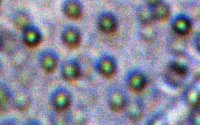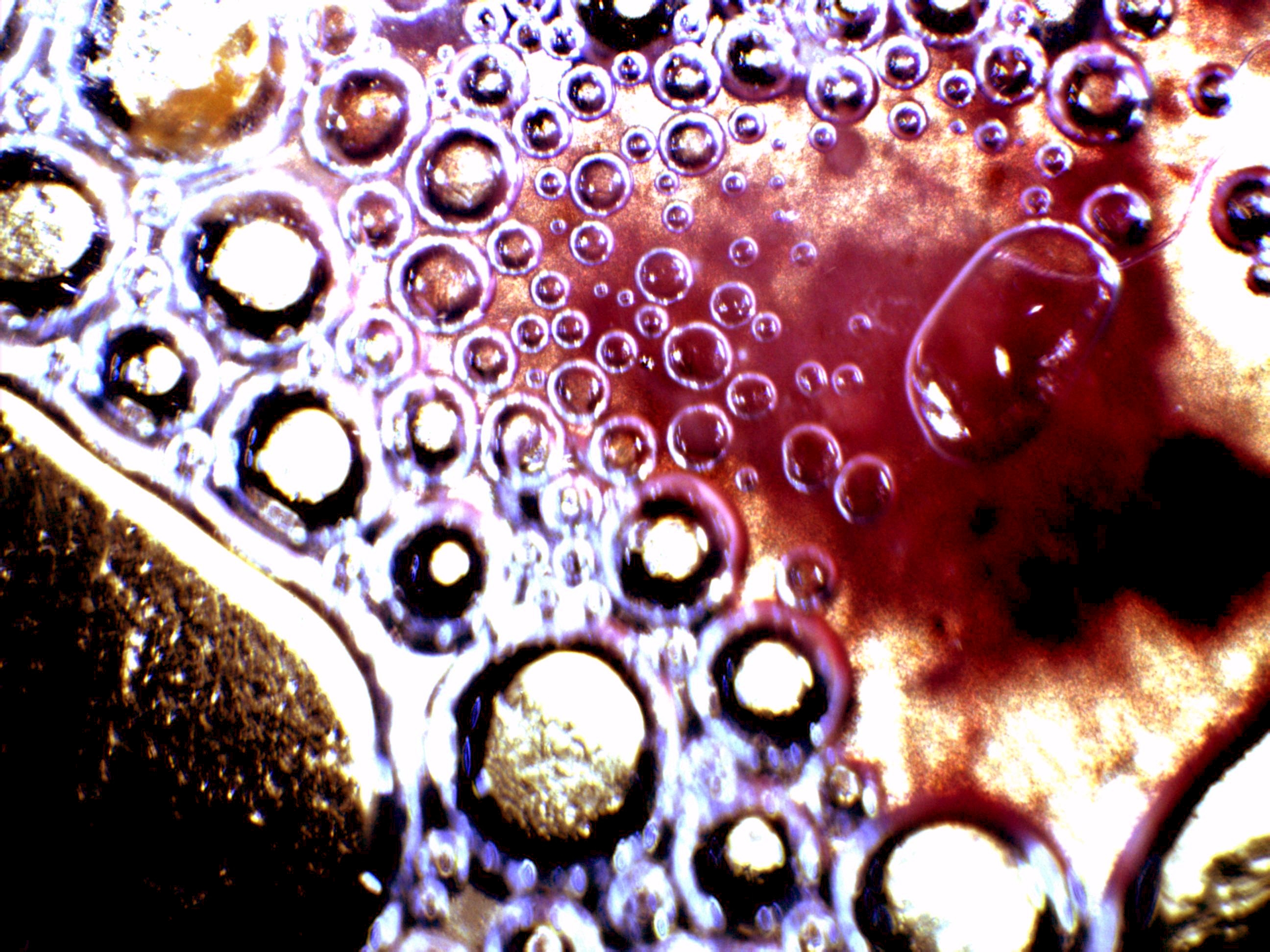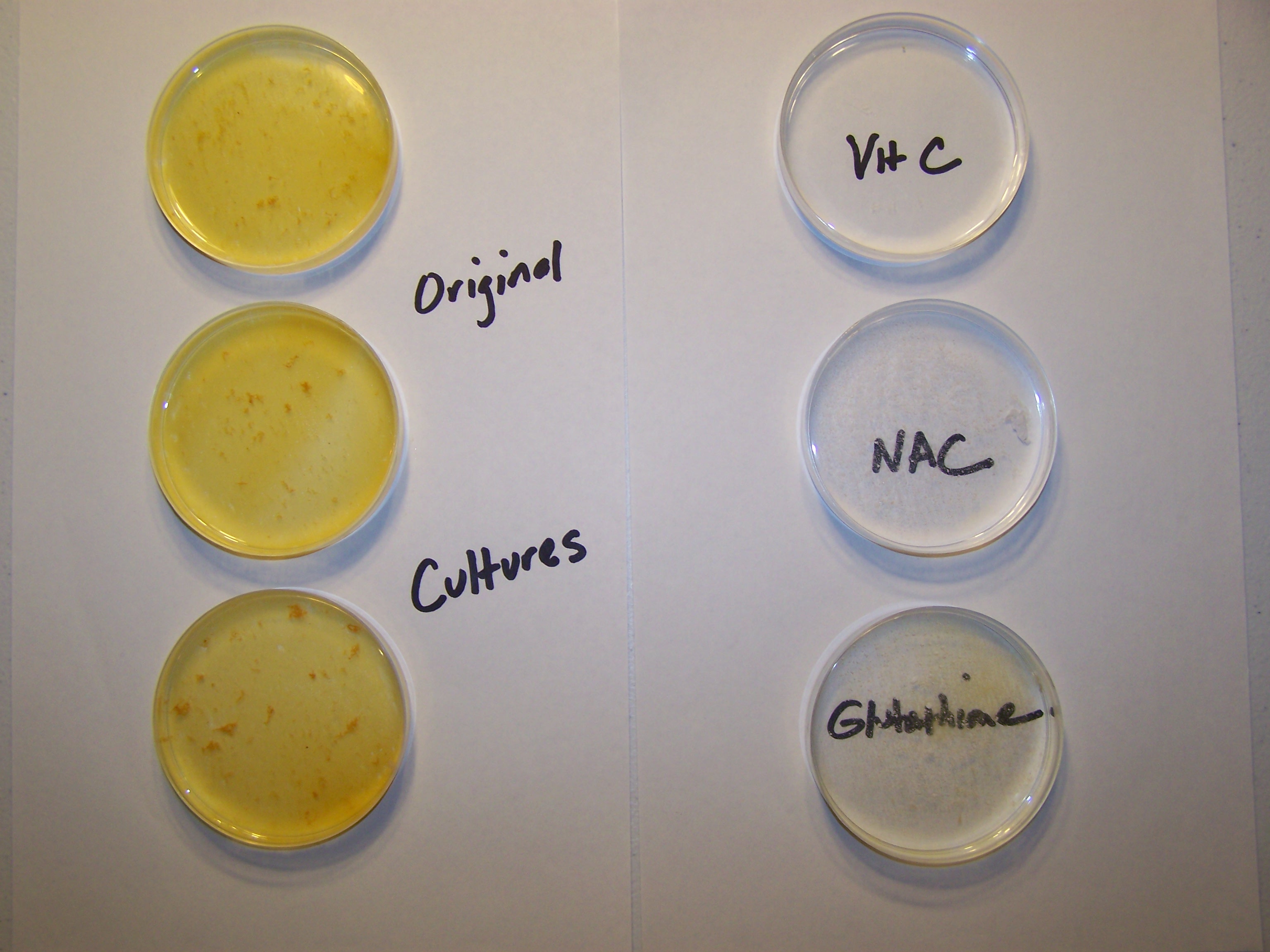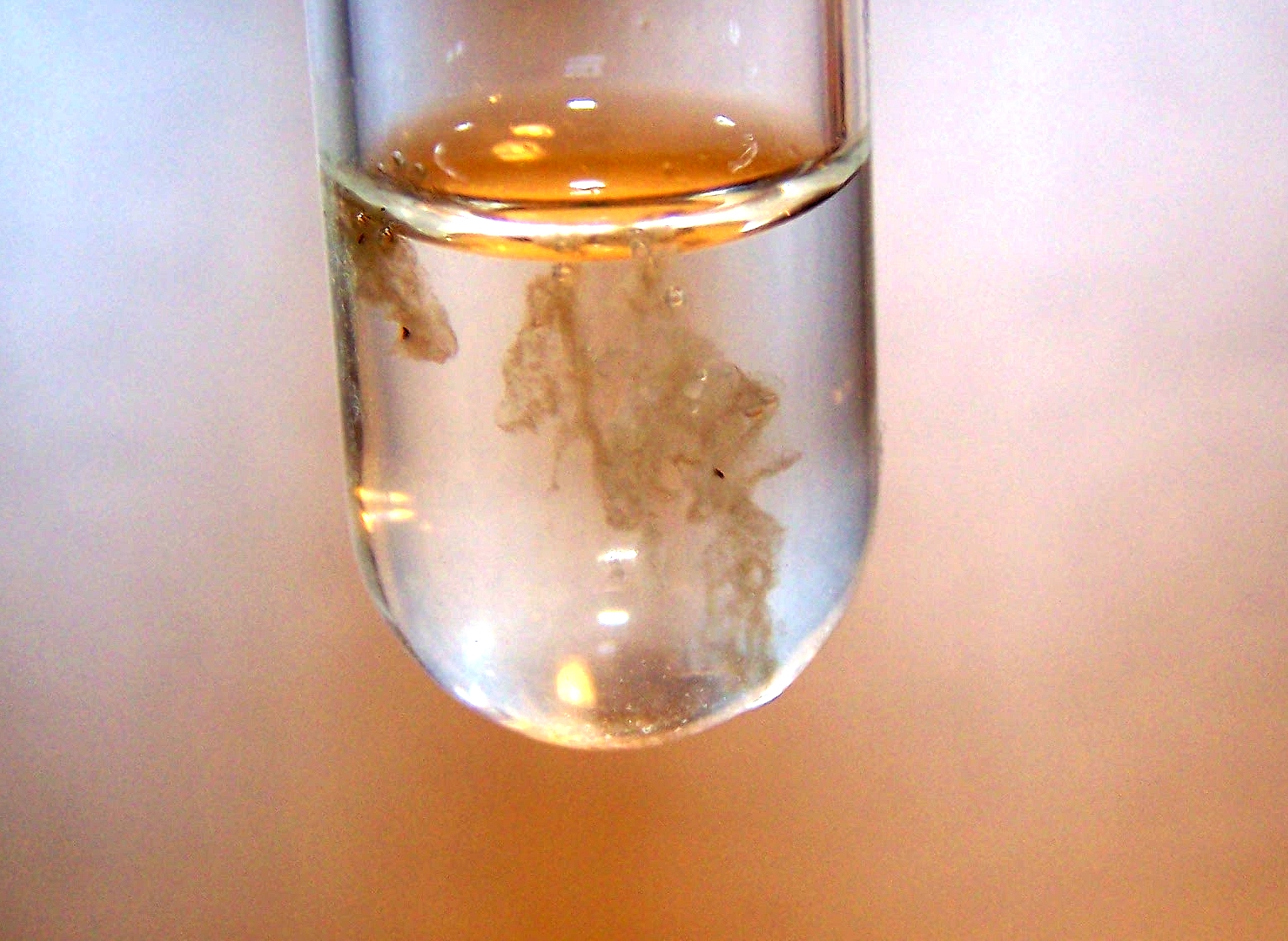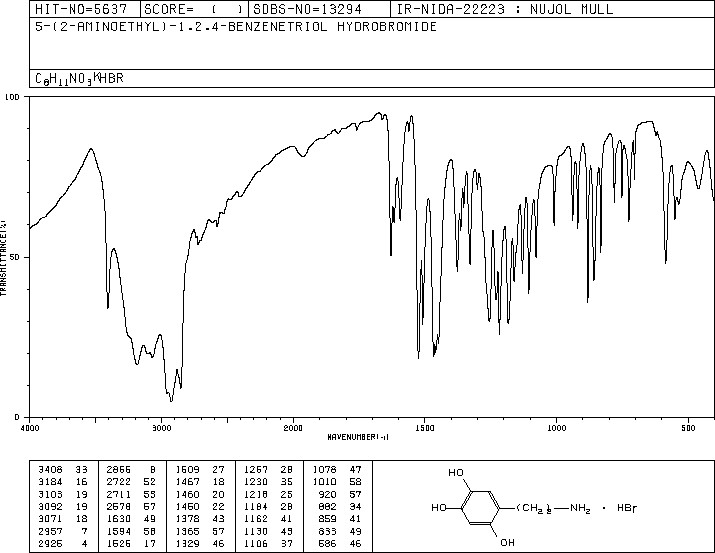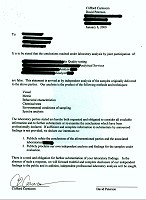This paper seeks to identify a host of organic compounds that are likely to comprise the core physical structure of biologically produced filaments characteristic of the Morgellons condition. A biological oral filament sample will be analyzed for the presence of candidate organic functional groups using the methods of infrared spectrophotometry. Potential health impacts from these same core structures are examined and compared to the observed , reported and documented symptoms (in part) of this same condition. Potential mitigating strategies, from a research perspective only, are discussed. A body of evidence, accumulated over a period of several years, reveals that the Morgellons condition is likely characterized by a host of serious physiological and metabolic imbalances. These imbalances are caused by the disruption of a variety of major body processes including, as a minimum, the regulation of metabolism by the thyroid, potential liver enlargement, a decrease of oxygen in the circulatory system, the utilization of amino acids important to the body, the oxidation of iron and a potential impact to neural pathways. The impact of this degradation to human health can be concluded to be serious, debilitating and potentially lethal in the cumulative sense; the reports of those who suffer from the condition are in alignment with these conclusions. This paper will summarize the body of work and chronology which leads to this more comprehensive hypothesis.
